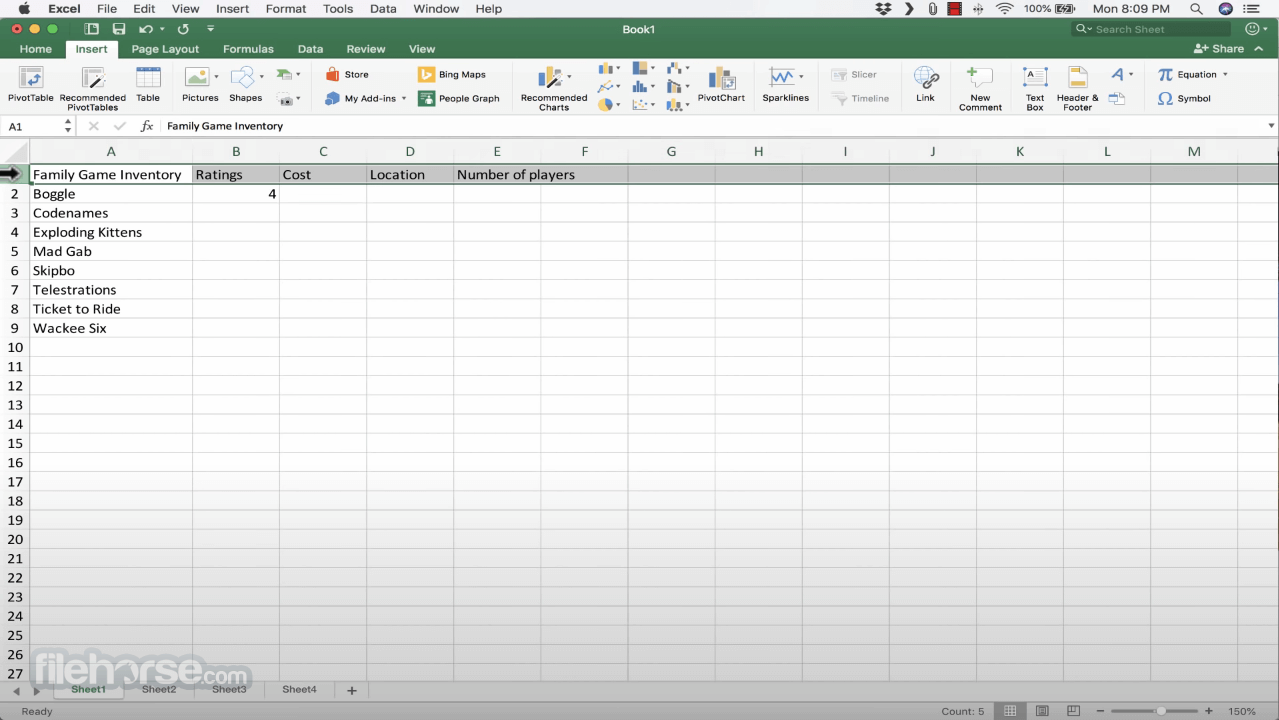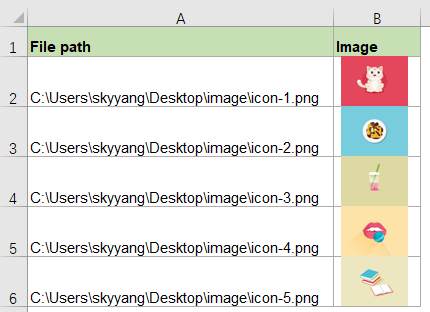
MyFile = "C:\Users\marks\Documents\Folder\ReadOnlyFile.xlsx"
#MAC FILE PATH FOR EXCEL VBA CODE#
The code below checks if a file is read-only. Kill "C:\Users\marks\Documents\Folder\*.xls?" Get file attributesĮach files has specific attributes, for example, they can be read-only, hidden or system files etc. xls files 'as the ? wildcard must be atleast on character in length The example below applies the * (asterisk) and ? (question mark) wildcard characters 'Delete all. Kill "C:\Users\marks\Documents\Folder\*.*"Ĭommon wildcard characters are: Character Description * (asterisk) Any number of characters ? (question mark) Any individual characters 'Delete all files from a folder using two * wildcard characters The example below deletes all the files in a folder by using wildcard characters. Kill "C:\Users\marks\Documents\Folder\*.xlsx" xlsx files using the * wildcard character In this circumstance, it deletes all files with a. The code below deletes files using a wildcard. Kill "C:\Users\marks\Documents\Folder\DeleteMe.xlsx" The following code deletes a specific file. Take extra care to ensure the code does what you expect it to. Files deleted using VBA are not sent to the recycle bin, and since there is no undo functionality it can be quite dangerous. Delete filesĭeleting files removes them completely. Therefore, it is good practice to check if the source and target file names are already in use. If the target filename is already an existing file, the code will error. "C:\Users\marks\Documents\New Folder\Copied File.xlsx" Sub CopyAFile()įileCopy "C:\Users\marks\Documents\Folder\Original File.xlsx", _
#MAC FILE PATH FOR EXCEL VBA HOW TO#
It’s the book for all Excel users who want to learn how to read and write Excel macros, save time, and stand out from their peers. That is why the 100 Excel VBA Macros eBook exists. Therefore, what most people like you need is lots of examples that you can practice. The more you immerse yourself in that language, the faster you will pick it up. Apart from speaking, programming languages are no different. "C:\Users\marks\Documents\New Folder\FileName.xlsx"ĭo you know the fastest way to learn foreign languages? It is to read, write, speak, and think in that language as often as possible. 'Move a file Name "C:\Users\marks\Documents\FileName.xlsx" As _ The code to move a file is the same syntax as the code to rename a file.

'Rename a file Name "C:\Users\marks\Documents\Folder\CurrentFileName.xlsx" _Īs "C:\Users\marks\Documents\Folder\NewFileName.xlsx" 'Insert action for if the file exists 'This example displays a message box 'Call the reusable function to check for file existence MyFile = "C:\Users\marks\Documents\Folder\FileName.xlsx"

The code below shows how to call the reusable function as part of an If statement. 'Reusable function to check if a file exists Function DoesFileExist(filePath) As Boolean When regularly checking for the existence of files, it can be easier to have a reusable function within a Module to be called upon when required. If Dir(filePath) "" Then 'Insert action for if the file exists 'This example displays a message boxĮlse 'Insert actions if the file does not exist 'This example displays a message box Sub PerformActionIfFileExists()įilePath = "C:\Users\marks\Documents\Folder\FileName.xlsx" The code below uses an If statement to carry out different actions depending on if the file does or does not exist. MsgBox Dir("C:\Users\marks\Documents\Folder\Text.xlsx") ""

The code below will display True or False in a message box to indicate if the file exists.

As a result, checking for a file’s existence can be one of the most common action we perform. If any actions are performed on a file that does not exist, the VBA code will error.


 0 kommentar(er)
0 kommentar(er)
